Albania is a country in the south east corner of Europe.
Albania borders the Adriatic Sea and the Ionian Sea.
The land is mountainous and hilly with flat land along the coast.
The geographical coordinates for the centre of Albania, also known as lines of latitude and longitude, are:-
Latitude - 41 00N
Longitude - 20 00E
The capital of Albania is Tirana.
Albania is a parliamentary republic with a President as Head of State and a prime minister as head of the government.
In elections everyone over the age of 18 can vote.
The currency in Albania is the lek. Albania is not a member of the European Union but made a formal application to join in 2009. In 2014 it was granted candidate status which means
the EU will now consider its application over the next few years. However in 2014, the EU stated it had no plans to expand in the next five years.
Albanian is the official language.
Check the weather in Tirana now.
This is the time in Tirana now








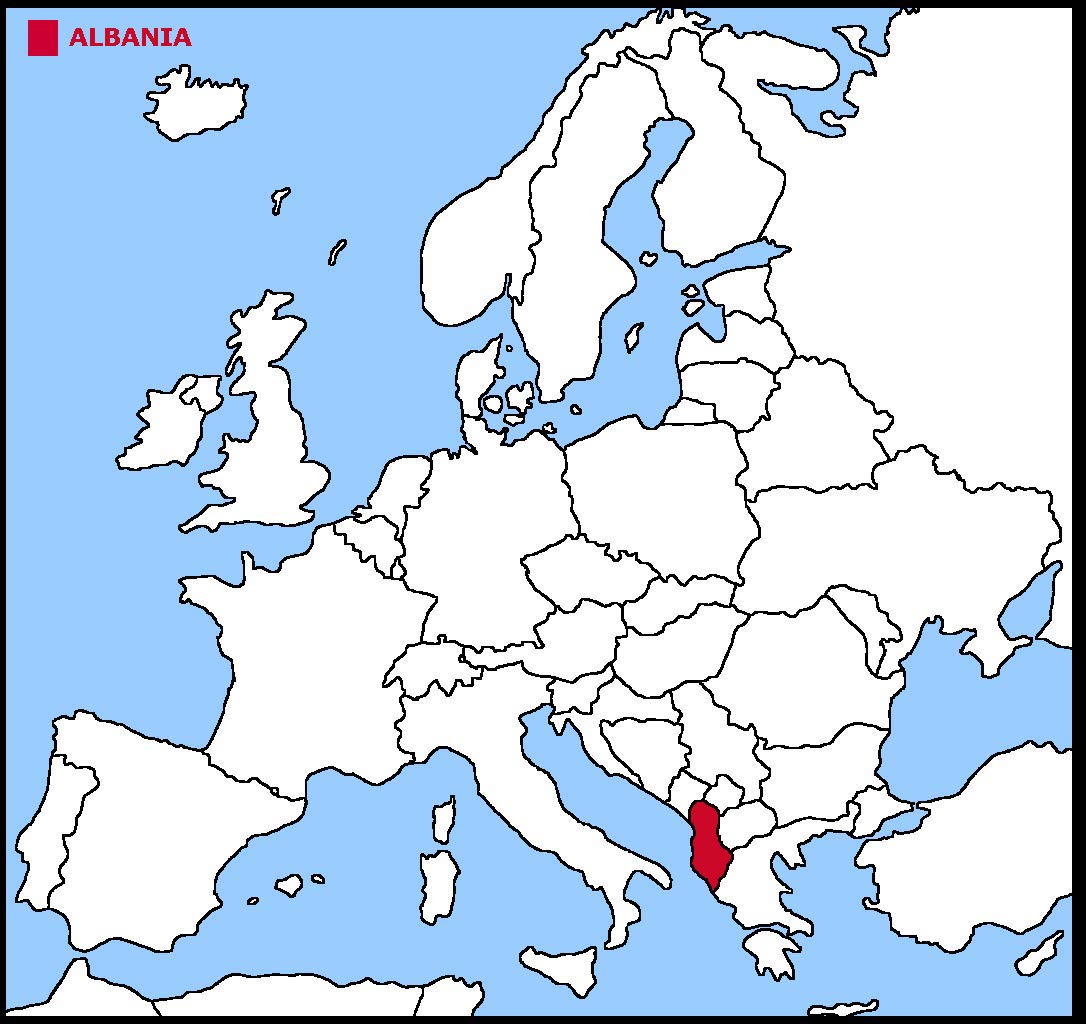
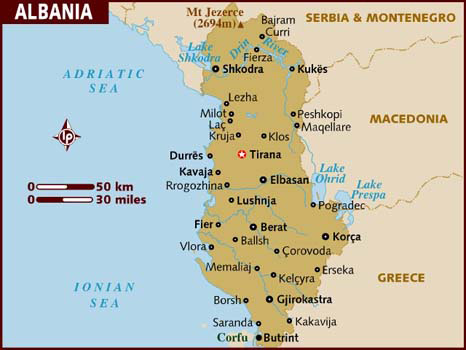



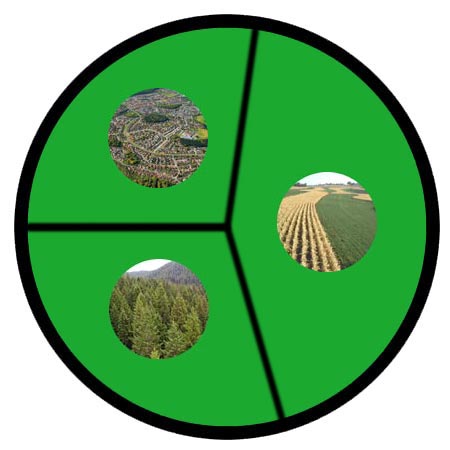

 Each little Owlbut is 1 person and
the big yellow rectangle is 1 sq km. After a while you can compare countries and see which ones are the most crowded. Remember it is only an average as
more people live closer together in towns and cities than in villages out in the country.
Each little Owlbut is 1 person and
the big yellow rectangle is 1 sq km. After a while you can compare countries and see which ones are the most crowded. Remember it is only an average as
more people live closer together in towns and cities than in villages out in the country.
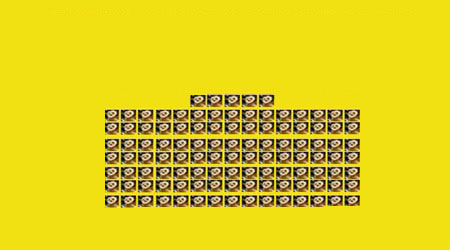

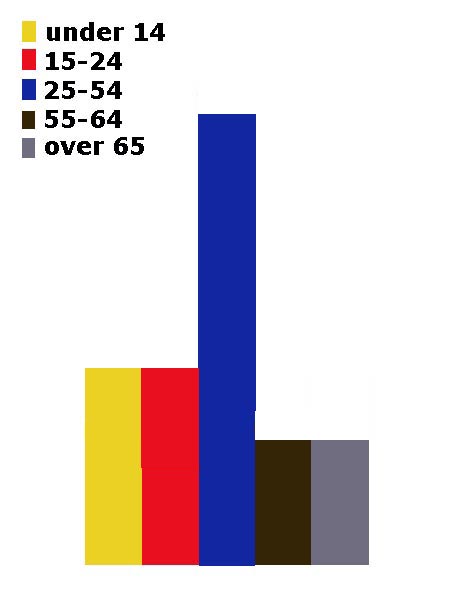
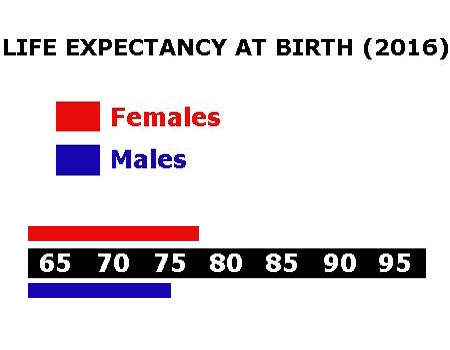

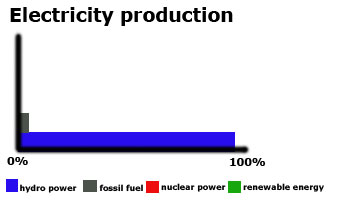

 They work in the following sectors.
They work in the following sectors.



